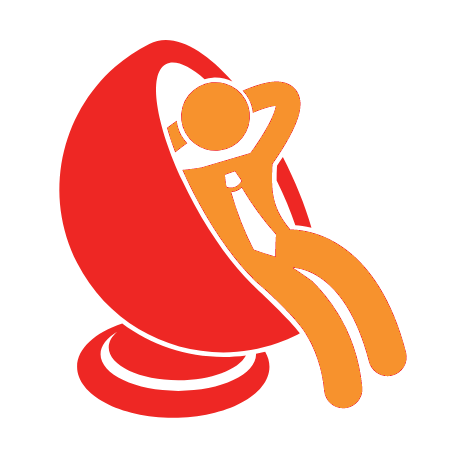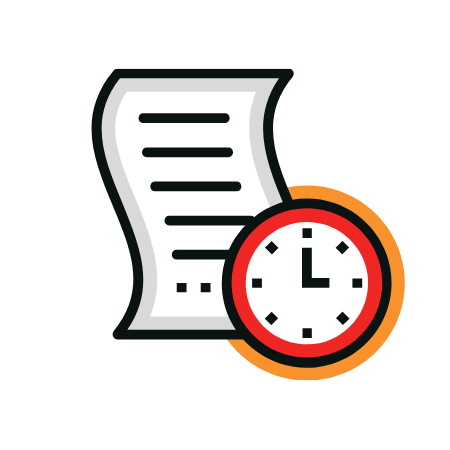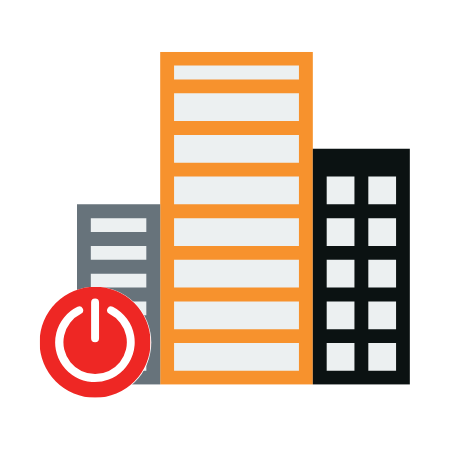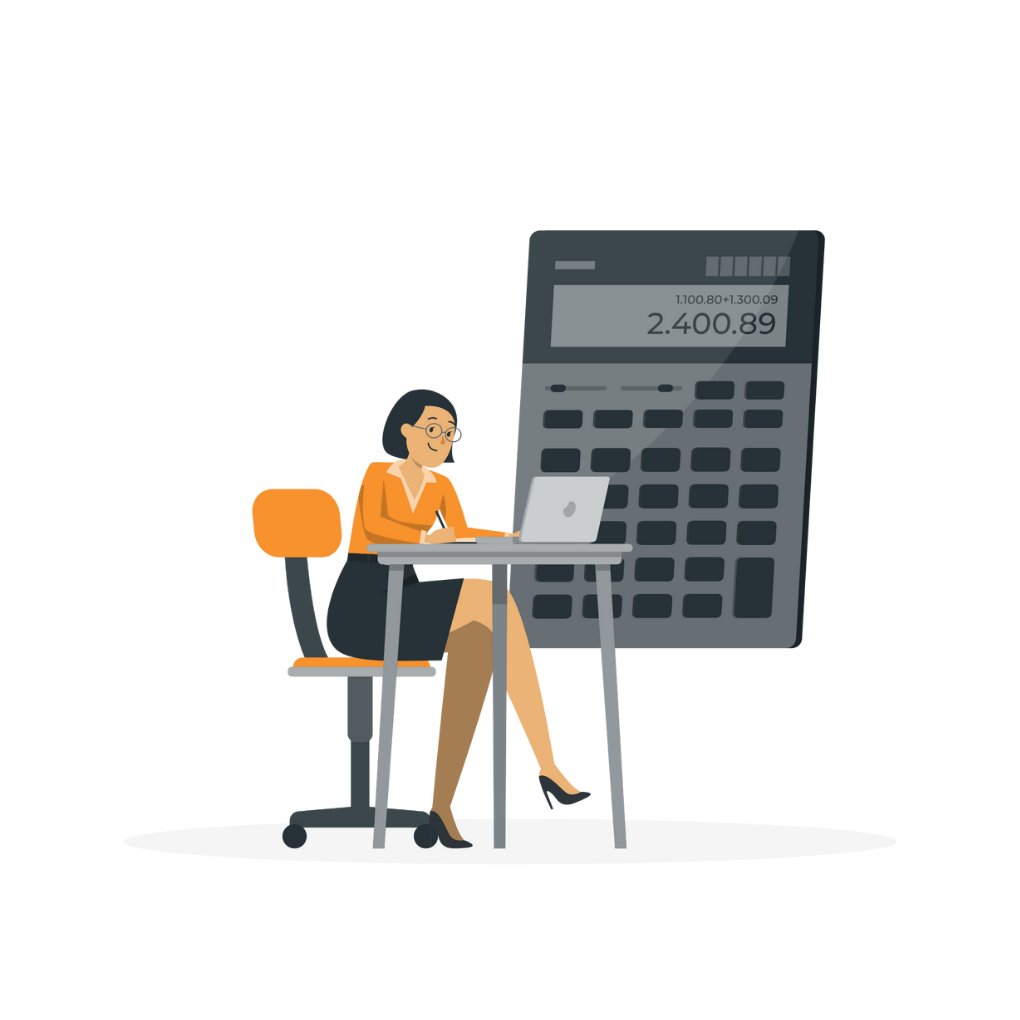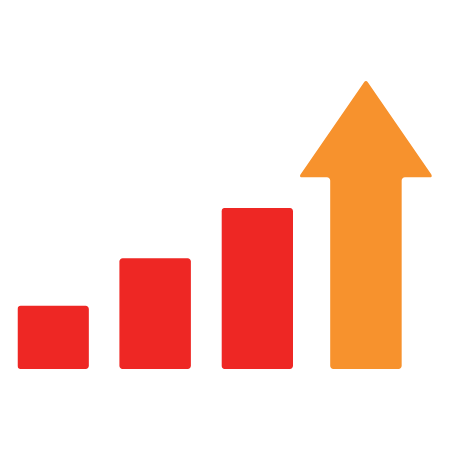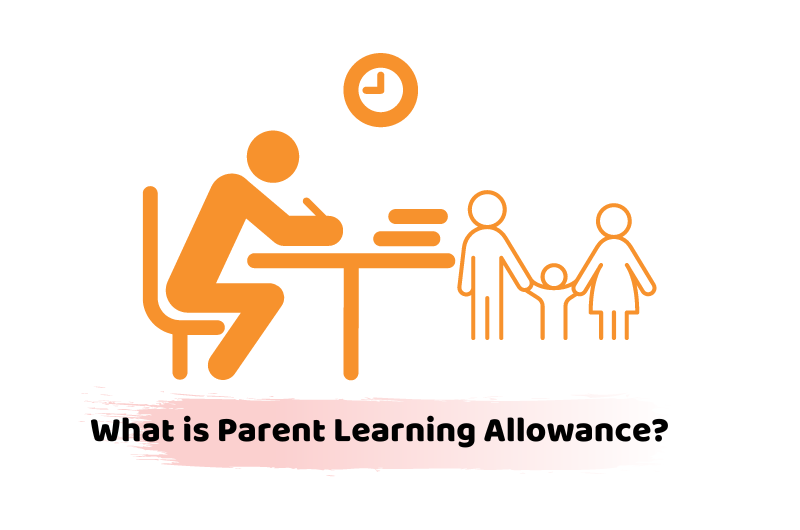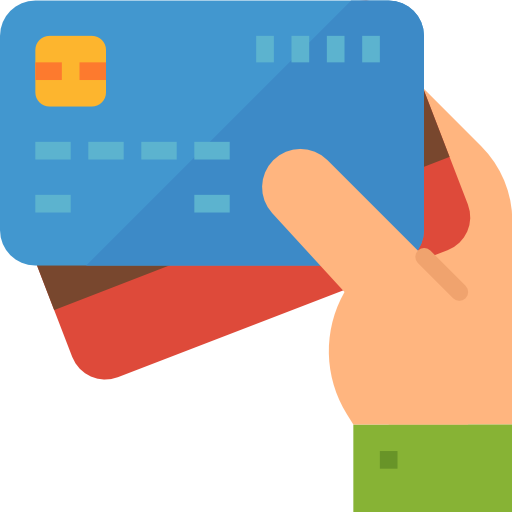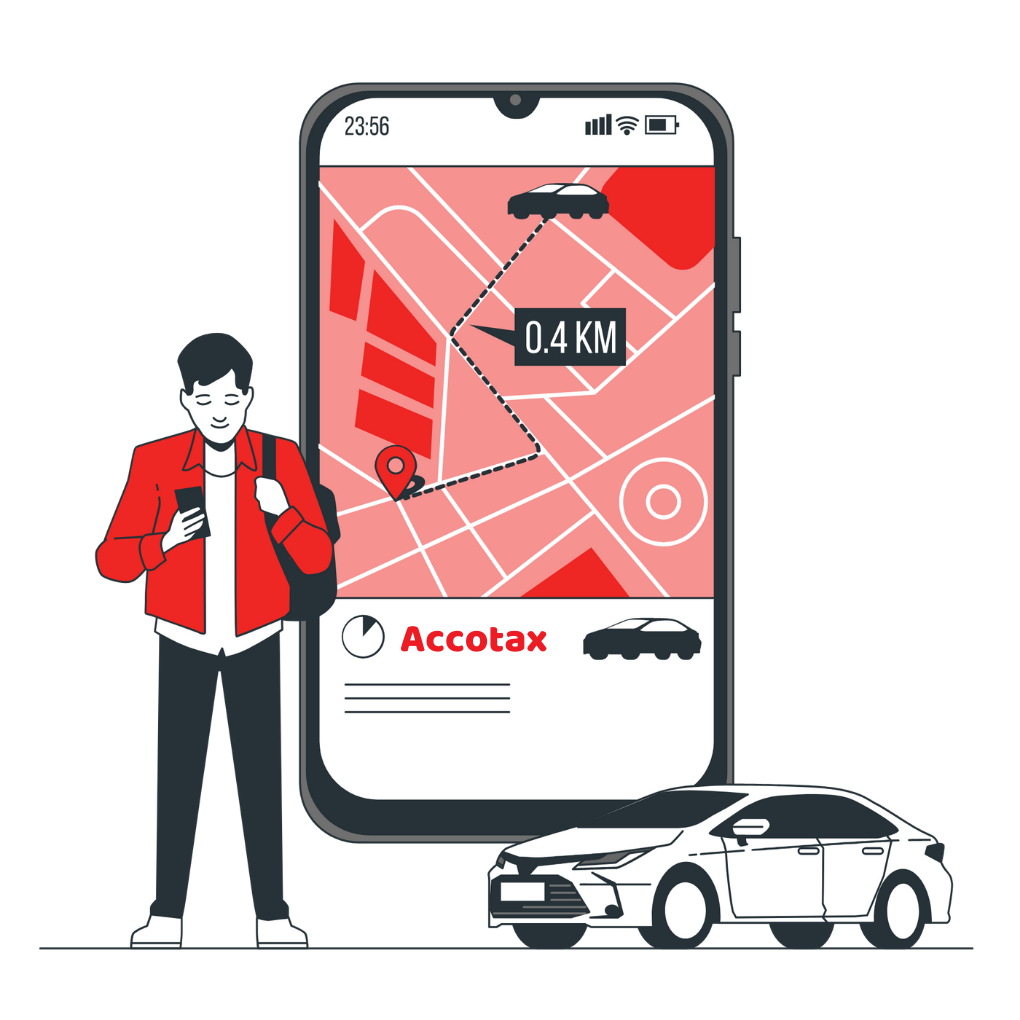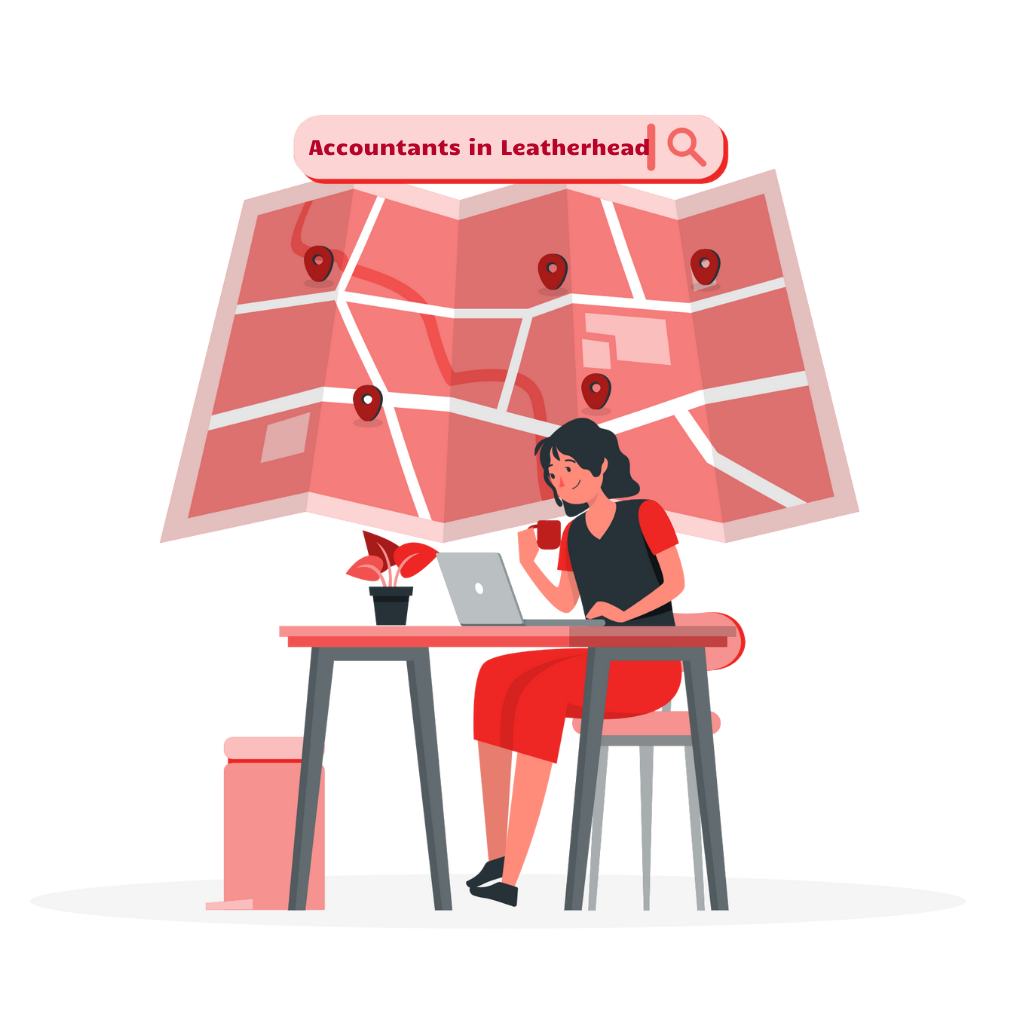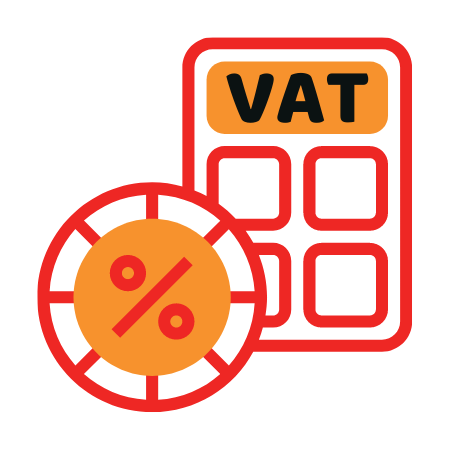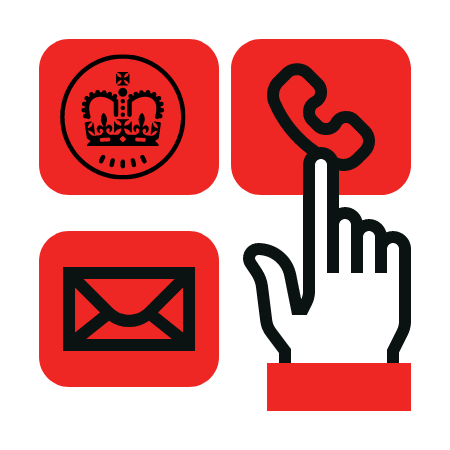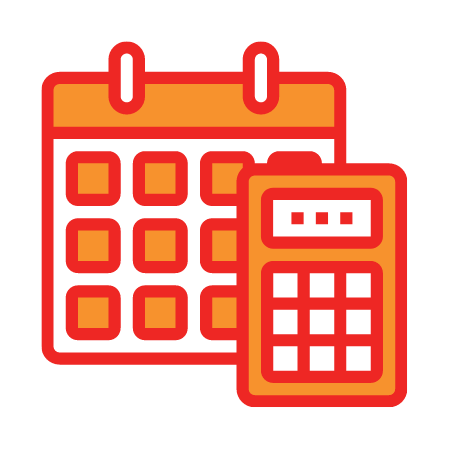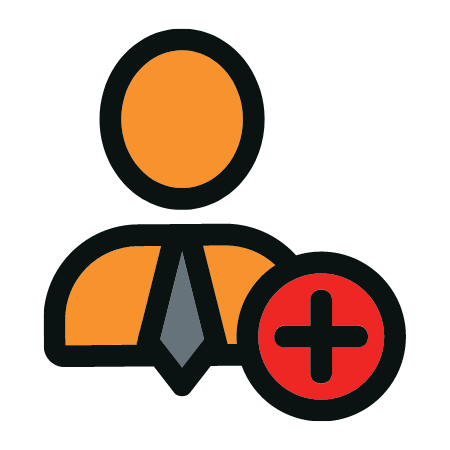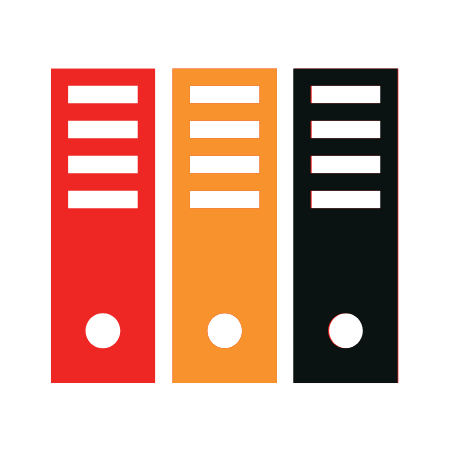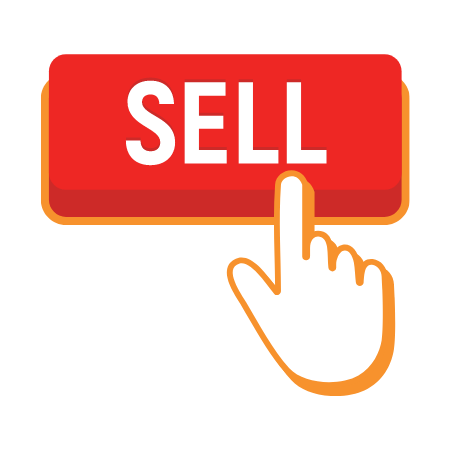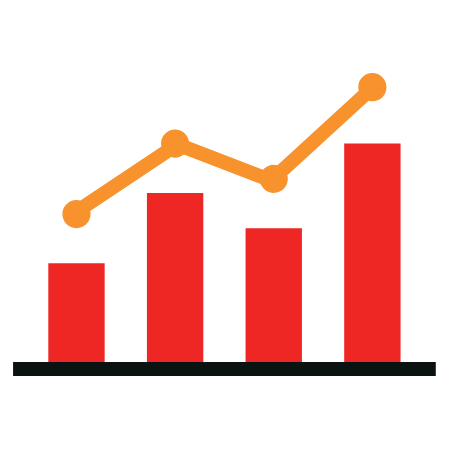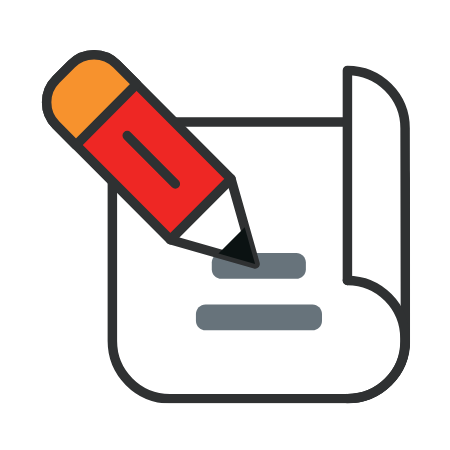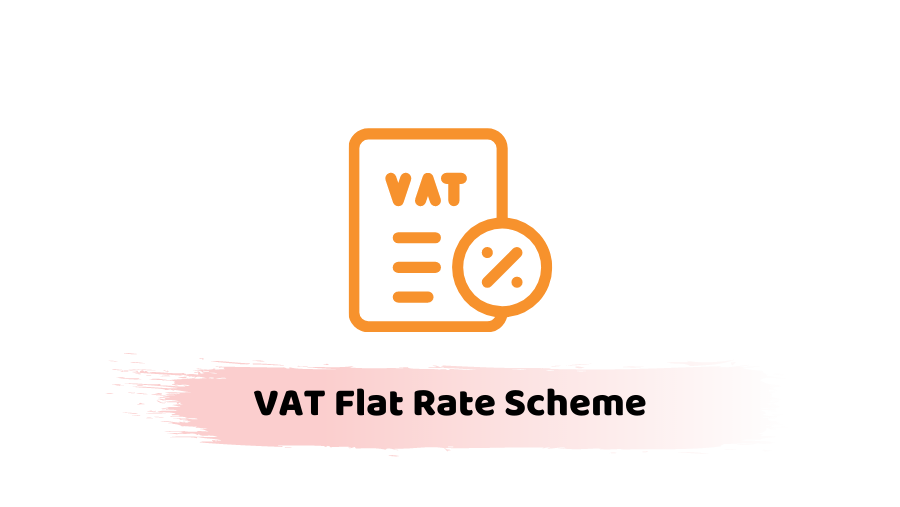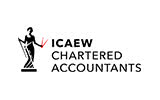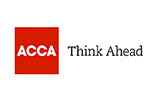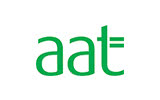The VAT flat rate scheme is designed to make it simpler and quicker for small businesses to complete their VAT return.
This is because VAT payable to HMRC is calculated as a particular percentage of the gross turnover of the business and not as the difference between the VAT on individual sales and purchases. In particular, there is no need to record the VAT incurred on most purchases and determine whether it is reclaimable or not, so there is less chance of error. The amount of VAT charged to customers remains the same whether using the flat rate scheme or not.
However, some businesses will pay less VAT by using the scheme and some may pay more by using it as the percentages used are based on the average VAT payable by particular trade sectors. It is important to calculate the financial effect before applying to use the scheme.
The Flat Rate Scheme Calculation
These are the steps in the calculation:
- The output VAT for a VAT return is established by multiplying the VAT-inclusive turnover by a fixed percentage which is determined by the sector in which the business operates. This goes in Box 1 on the return.
- All turnover is included in the taxable supplies it has made, whether standard, reduced, zero-rated, or even exempt and it is the gross turnover. This figure goes into Box 6.
- Usually, no VAT can be reclaimed on purchases but there are exceptions for any VAT on purchases before the business was registered and VAT and on a single capital asset that costs over £2000 inclusive of VAT can be reclaimed. The VAT on these goes in Box 4 as usual and the net amount of the purchase in Box 7.
So if for example your gross turnover comes to £20,000 and the percentage for the sector is 10%, the VAT due is £2000. If what you purchased was a capital asset for £3833 including £500 for VAT, then the VAT payment due would be £1500.
To qualify to join the scheme:
- A business must have a taxable turnover, excluding VAT, of no more than £150,000 a year. The taxable turnover is the total value of supplies or sales made by the business that is liable to a VAT whether at standard, reduced or zero rates, but excluding any expected sales of capital assets.
- A business must not already use the second-hand goods, the tour operators, or retail schemes.
- The business must not be required to use the capital goods scheme for certain capital items.
- A business must not have been found guilty of a VAT offense in the past year or be associated with another business or registered as part of a VAT group in the past 2 years.
A business must apply to join the flat rate VAT scheme and can leave whenever it chooses by informing HMRC in writing.
The Business Sector Flat Rates
Different business sectors must use their own flat rate.
A business must choose its sector on the grounds that it most closely describes its main trading activities. If the trading mix changes, so say the majority of the turnover comes from supplying restaurant meals rather than alcoholic drinks the trade sector to be used will change from ‘Pubs’ (6.5%) to ‘Catering Services’ (12.5%). The change in the sector should be made from the start of the VAT period that contains the anniversary of joining the scheme.
It is advisable to set out in writing why you made the selection of the trade sector.
A lot of the rates changed following the VAT increase to 20% on 4th Jan 2011. Here are the rates from 4 Jan 2011.
1% Reduction in First Year of VAT Registration
In your first year of VAT registration, there is a 1% reduction in the flat rate that is applied to your turnover. The reduction is for the 12 months following the date of VAT registration and not the date of joining the flat rate scheme. There is no entitlement to the 1% reduction if you register for VAT 12 months after you were required to register.
A Trap in the Flat Rate Scheme
The flat rate must be applied to all business income, including rents and sales of assets where VAT was not reclaimed, such as cars or property, but not interest received from business bank accounts. This means you effectively pay VAT on the gross receipts of sales on which you have not collected any VAT.
If you are a sole-trader the flat rate should be applied to any letting income you receive in your sole name, as lettings are regarded as a business for VAT purposes. Lettings undertook as a partnership, perhaps jointly with your spouse, are not counted as part of your sole-trader business income. When you sell a let property the flat rate should be applied to the total proceeds. You can withdraw from the flat rate scheme before you sell a high-value item such as a property, but you have to stay out of the scheme for at least 12 months.
How We Can Help You
We can advise you on the suitability of the flat rate scheme for your business, applying to join the scheme and assistance with the completion of your VAT returns.
